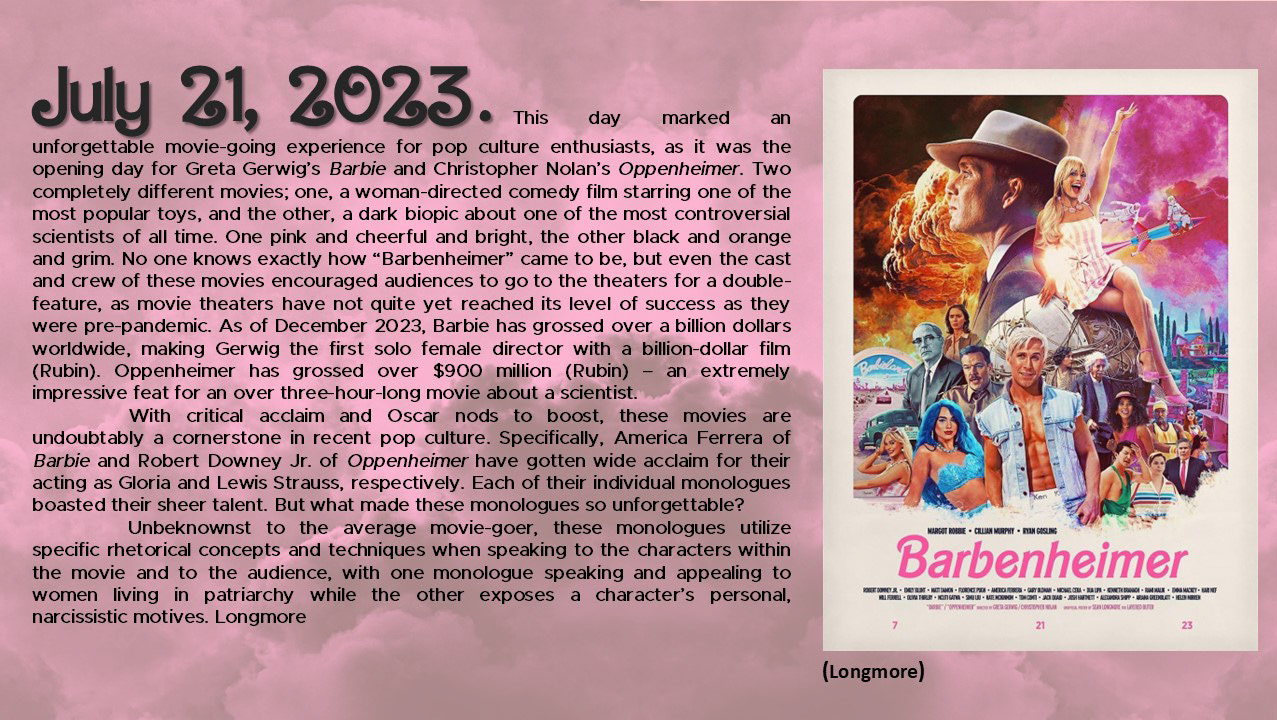Course: ENGL 3100 Composition Studies: History, Theory, & Practice
Semester taken: Spring 2024
Instructor: Dr. Michael Harker
For my next assignment, I included a two-part, writing-focused project in which I analyzed four academic texts: "Video Games and Multimodality in First-Year Composition" by Bremen Vance, "The Movement of Air, the Breath of Meaning: Aurality and Multimodal Composing" by Cynthia L. Selfe, "(Re)Educating the Senses: Multimodal Listening, Bodily Learning, and the Composition of Sonic Experiences" by Steph Ceraso, and "Podcasting and Performativity: Multimodal Invention in an Advanced Writing Class" by Leigh A. Jones.
In the first part, I wrote a letter from the perspective of a student who had read Vance’s article, persuading the author to incorporate the video game Fortnite as a tool for teaching multimodal composition. This assignment allowed me to explore a creative approach, blending persuasive writing with my interest in video games. I chose Fortnite not only because it was a game I was actively playing, but also because it represents a modern, multimodal experience that challenges traditional rhetorical methods, similar to why I chose Barbie and Oppenheimer for my previous project. This combination of creativity and rhetorical analysis made the project particularly engaging.
For the second part of the assignment, we were tasked with comparing and contrasting the four assigned articles, including Vance’s. I chose to represent my analysis through a four-way Venn diagram, inspired by a complex flowchart meme. This visual representation helped me explore the overlapping ideas between the texts in a creative way. However, this was one of the most challenging assignments I’ve worked on, as it required multiple readings and deep analysis of each article. If I had more time and advanced technical skills, I would have designed a more interactive and dynamic diagram, such as a flowchart or another medium that could better illustrate the relationships between the articles beyond simple color-coding.
Dear Dr. Vance,
I’m writing to you wondering if you would consider changing your World of Warcraft requirement into a different, more popular game: Fortnite!
You wrote, “Video games and digital media as part of the FYC curriculum can help broaden our students’ understanding of literacy by complicating traditional conceptions of reading and writing” (125). I can recognize how any video game can be seen as a multimodal form of communication, and want to use your levels of discourse to explain why, in your future classes you should use Fortnite instead of World of Warcraft.
The designed experience was simple enough; in World of Warcraft I would make notes and think about what my choices in the game meant for me in real life, while I was also able to get the hang of the game itself. Meanwhile in Fortnite, the skin you choose communicates to other players of which character you like; it represents your interests (129). Furthermore, unique skins cost money, or a certain level of hours played, so depending on which skin you choose, you also communicate whether you’ve spent money on the game, or if you’re an experienced enough player.
There is an abundance of Youtube videos and social media posts, all of which can apply to the immediate layer of discourse. While in Fortnite you can’t chat with players outside your party, you can communicate to others through specific dance animations, or emotes. These are most commonly used when you successfully kill another player, and as the killed player ‘spectates’ you, you dance an emote as a brag on the player, as if to say, “Haha, I beat you!” This informal form of communication between in-game players and social media shows that shorthand is more valuable than correct grammar, and credibility depends on design ability or skill level (129).
The intermediate layer of discourse “[addresses] many of the commonplace beliefs that students themselves hold and by building on the knowledge and experience developed earlier in the semester” (130), which allows students to use their interest, i.e. Fortnite, and apply it to readings meant to reach a wider audience that covers real social issues, which can develop their skills in recognizing who their audience is and writing for that specific audience..
The last layer of discourse, academic writing, builds on the intermediate layer of discourse to further widen the audience to produce writing that is acceptable for a FYC course. In this level, it is important that students “make sophisticated decisions in the production of situated texts--i.e., texts designed for a specific purpose… [by] framing an argument, selecting appropriate support, and advancing a well-thought out perspective” (130-131). While this level will be the most difficult for students, taking a very unserious game such as Fortnite to produce an academic level piece of writing will be an accomplishment that students can achieve by applying critical thinking and research skills.
Lastly, because Fortnite is free and you can play with other specific players, students in your classes can all battle each other, making for a fun, team-bonding activity. The game is also very topical, arguably being the current most popular battle royal game thanks to the frequent additions of trending characters. I do realize that using Fortnite may be silly due to its childish design, but I think that the humor of using a popular game such as itself can result in your students being more engaged with the class. However, I think that this may also be an important topic for the class; discussing design choices and marketing tactics could allow students to think about and try to explain why this game remains so popular despite being almost ten years old and having no major gameplay updates.
I hope that you will think about this suggestion and consider using Fortnite for your future first-year composition classes!
Sincerely,
A video-game addicted student






